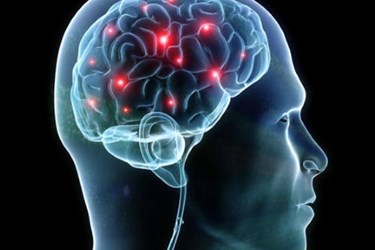Can Optogenetics Help Treat Epilepsy?
By Chuck Seegert, Ph.D.

Using gene therapy techniques, researchers at the University of California Irvine (UC Irvine) have developed an optogenetic approach that allows them to monitor neuronal activity during and in between seizures. The new approach enables interactions with a single cell or entire networks of cells, and it could lead to the development of new therapeutic approaches for epilepsy.
Optogenetics is a part of biomedical research that uses light to control or measure the behavior of neurons. Using gene therapy, light-sensitive proteins are introduced into the neural cell’s biology. This sensitizes the cell to activation by light. Light can then be used to influence cell behavior in real-time.
Using optogenetic techniques, researchers from UC Irvine developed a potential intervention for temporal lobe seizures, according to a recent press release from the American Epilepsy Society. Interestingly, the new technique depends on the stimulation of the cerebellum, an area of the brain that in the past was not thought to be associated with the temporal region and seizures. With custom-designed software, chronic, spontaneous seizures were detected and recorded by the team in a mouse model of temporal lobe epilepsy.
When the researchers activated various areas of the cerebellum with optogenetic lasers, the duration and timing between seizures were altered significantly, according to the press release. Exposing the lateral cortex to light reduced the length of seizures, but did not seem to affect the time between seizures. When another area of the cerebellum called the vermis was exposed to light, seizures were shorter, and the time between seizures increased significantly.
On another note, the inhibition of cerebellar cells by optogenetic methods did not influence the seizure length or the time between seizures, according to the press release. This indicates that activation of these cells is required to affect seizures.
Currently there are more than 300,000 Americans who live with uncontrolled seizures, and there is a significant need for new therapies. Data collected in these studies have highlighted the potential for new approaches to brain stimulation and provide strong support for continued research in this area.
Optogenetics is proving its value on many fronts as a tool to enable neural studies and help develop a better understanding of the brain. Recently, optogenetics was used to deactivate and reactivate memory in a rat model.
Image Credit: Allan Ajifo [CC BY 2.0 (http://creativecommons.org/licenses/by/2.0)], via Wikimedia Commons
